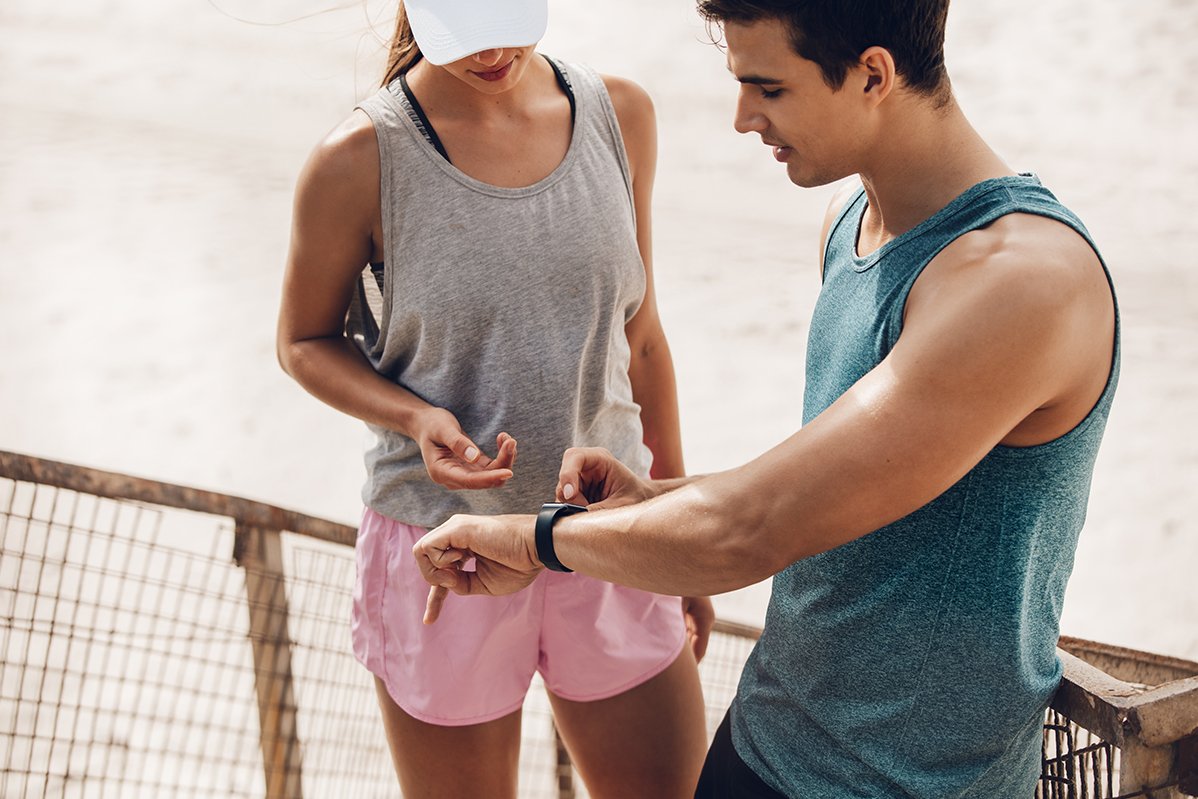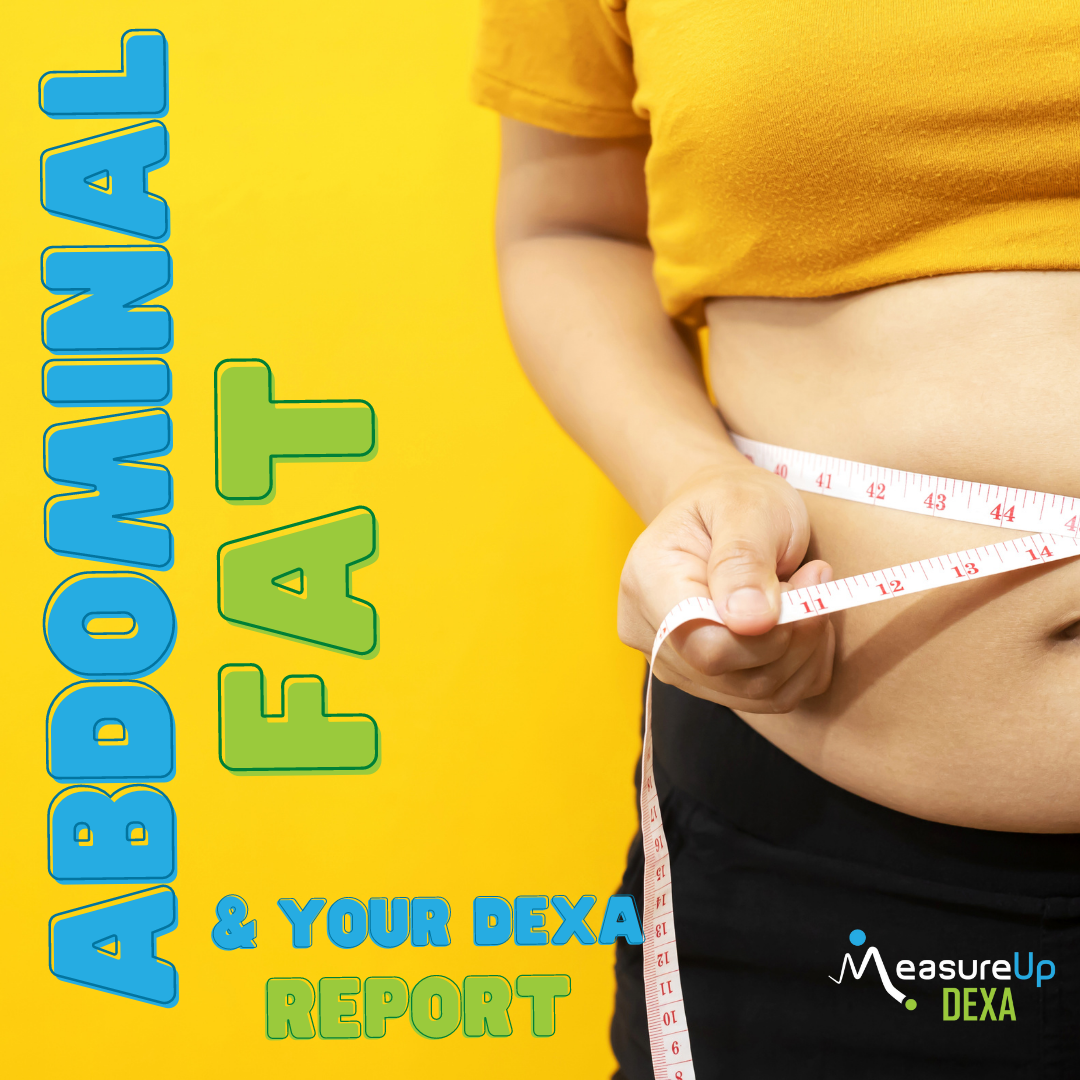 It’s no surprise that wearable fitness devices have boomed with sales of such technologies hitting just over $41.5 billion this year, with $18.5 billion accounting for smart watches alone. The rapid advancement of technologies has not only improved the performance of athletes, but has grown popular amongst those interested in their own health and fitness. From smart watches to specialised eyewear, shoes and helmets – the list of evolutionary ‘smart technologies’ is endless.
It’s no surprise that wearable fitness devices have boomed with sales of such technologies hitting just over $41.5 billion this year, with $18.5 billion accounting for smart watches alone. The rapid advancement of technologies has not only improved the performance of athletes, but has grown popular amongst those interested in their own health and fitness. From smart watches to specialised eyewear, shoes and helmets – the list of evolutionary ‘smart technologies’ is endless.
Perhaps the most purchased technology seen to date is the smartwatch. Worldwide sales are predicted to double in the next 4 years to hit just over 89 million sold each year. The range of smartwatches available are vast and it boils down to what you would like to use it for and if you are interested in pairing it to view and track data on your mobile phone. Heart rate, sleep quality, GPS, energy tracking (how many calories burned during a workout) and VO2 max are just some of the factors that these devices measure. Many also come with the perks of being water resistant, usable for calls and texts rather than getting out your phone and can even be used to ‘tap’ for payments like a normal credit card. It certainly brings about a whole new meaning to card less cash!
Eyewear is another developing area, particularly for cyclists (and in some cases adaptable for runners). These ‘smart glasses’ display data in your field of vision (don’t worry we promise it is safer than it sounds!), to help you keep track of your stats such as your speed, calories burned, power, pace and cadence. Most have adaptable devices which allow you to safely make phone calls using a small device which is attached to your handlebars; record video footage or take snapshots of your surroundings and even give you live step by step directions so you won’t ever need to worry about getting lost again! Of particular interest is the safety features which help to detect surrounding hazards such as an oncoming car. There are multiple brands out there, such as the SENTH IN1 AR glasses, Everysight Raptor eyewear or for the running enthusiasts, Vuzix M300 (or for both) – SOLOS.
Keeping with the themes of cycling technologies, are the advancements of helmets. Some strictly offer safety features such as built in LED lights on the rear of the helmet, tracking features and SOS safety system in place controlled by a 3 axis gyroscope which can aid in detecting accidents (and even send automatic alerts to an emergency contacts if this were to occur! – check out the Livall BH60SE). Other more luxurious features include built in speakers within the helmet. Going one step further, the Coros Linx helmet cleverly attaches bone-conducting headphones into the safety strap of the helmet, to allow you both the pleasure of audio listening whilst not hindering road safety by keeping your ears free from earphones which make listening for surrounding hazards possible.
What if you want to track all of these stats but don’t want the bulk of carrying anything extra? Why not use your shoes to track? Possibly the most affordable and easy to use shoes are Under Armours’ HOVR shoe – tracking pace, steps, distance, cadence and stride length. Bluetooth enables connection between shoes and your phone to relay data through an app. The shoes can be used in any weather conditions and get this – you don’t even have to carry your phone with you on your run. Just sync your shoes to your phone when you get home to catch all the data! Some shoes (and even socks) contain built in sensors to help improve movement techniques across a range of sports – including runners, ski boots and ballet shoes!
The interactions in which these devices have with a modern day phone through applications makes wearable technologies so accessible. There are an ever growing array of apps available to help with tracking exercise and nutrition, be used as your own personal coach and provide workouts and motivation to get the work done. Technology has come a long way since the humble pedometer!
Pip Tockuss
B.Clinexerphys, (AEP, Aes, ESSAM)
Accredited Exercise Physiologist
